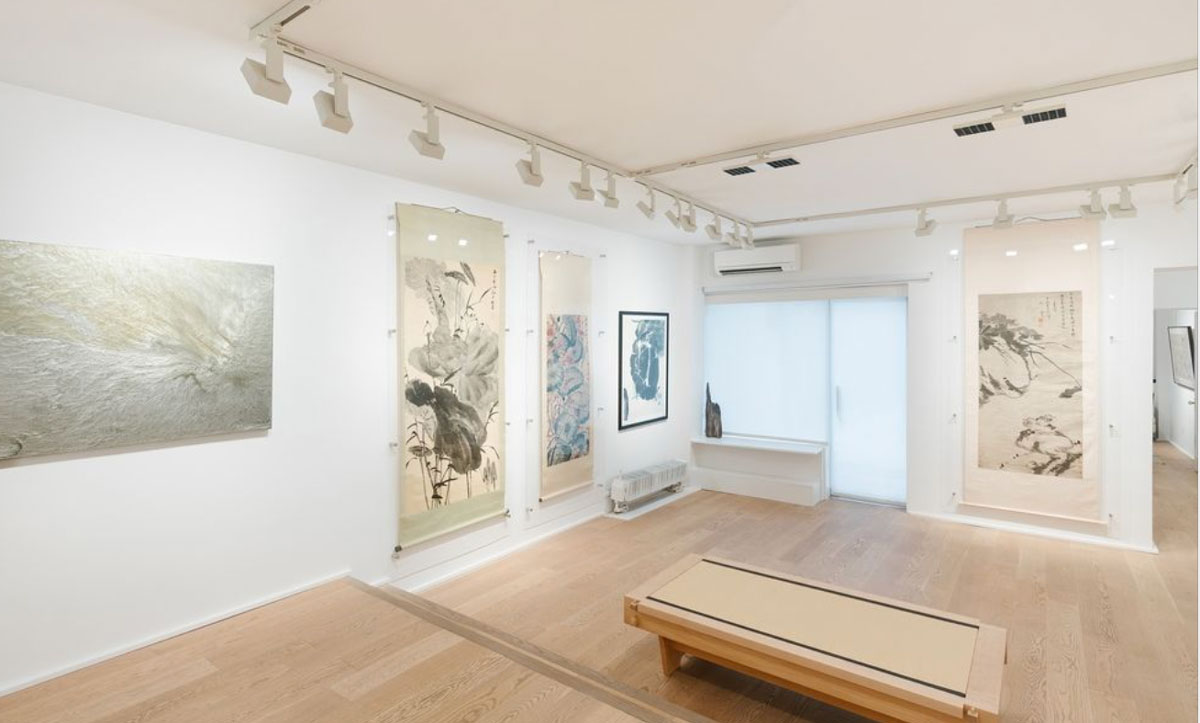Sakya School (Tibet, 16th century), Mandala of Hevajra, ink and color on cloth, 21 1/4 x 17 15/16 in.; The Metropolitan Museum of Art, New York, Gift of Henry and Louise Loeb, 1982 (1982.225); Courtesy The Metropolitan Museum of Art
In addition to all the tremendous exhibitions at our AWNY member galleries and auction houses during Asia Week Autumn 2024, our member museums are also opening exciting Asian Art exhibits in New York City and the surrounding areas. Below is a highlight of soon-to-be-opened and ongoing shows and events this month. Click on each museum heading for further information.
SHOWS OPENING SOON
CHARLES B. WANG CENTER AT STONY BROOK UNIVERSITY
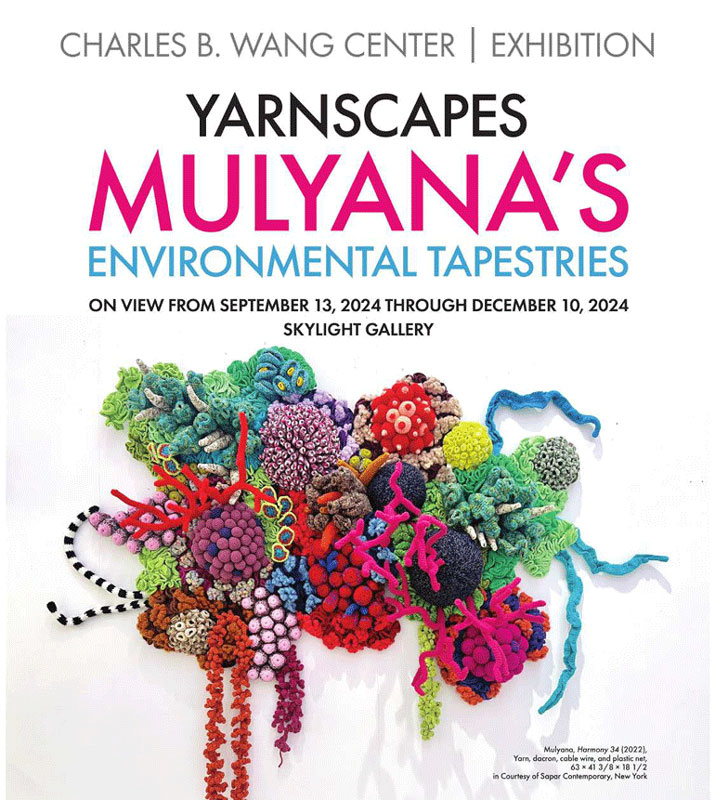
Courtesy Charles B. Wang Center
Yarnscapes: Mulyana’s Environmental Tapestries
Opens September 14, 2024
Opening Reception: Friday, September 13, 2024, 5-7pm (kindly RSVP)
Artist Lecture: October 23, 2-3pm
The Charles B. Wang Center proudly presents Yarnscapes: Mulyana’s Environmental Tapestries, an exhibition that offers a unique opportunity for the public to engage with the immersive and thought-provoking works of renowned Indonesian artist Mulyana. Yarnscapes celebrates the artist’s distinctive use of knitting and crocheting to create large-scale installations that showcase human endurance, creativity, and a profound connection to the divine and nature.
KOREA SOCIETY
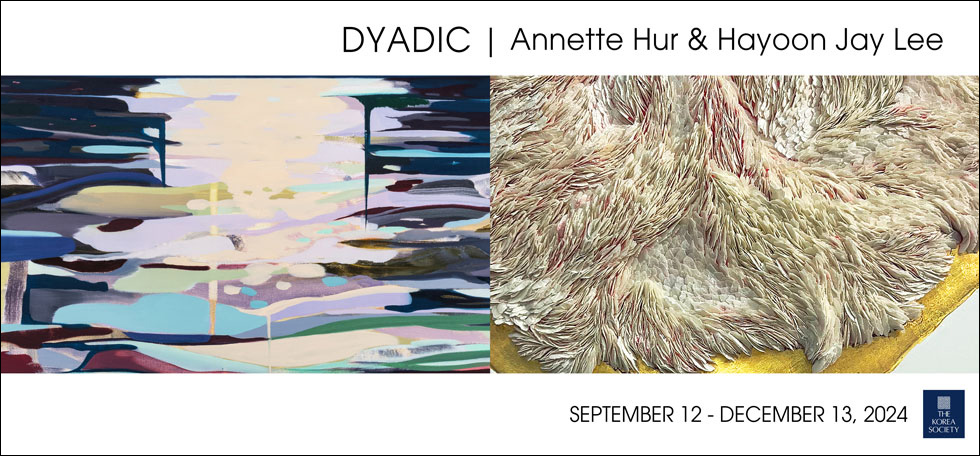
Courtesy Korea Society
Dyadic | Annette Hur & Hayoon Jay Lee
Opens September 12, 2024
Opening Reception: September 12, 5-7pm (kindly RSVP)
In this duo exhibition, two Korean-born artists based in New York present their own expositions and elucidations on abstract art. With her bold colors and brushstroke, Annette Hur deliberately positions her paintings in between abstraction and figuration, dealing with the conflicts of the real lived experience and how her body remembers and processes it. Hayoon Jay Lee uses rice as object, motif, metaphor and visceral biomorphic forms, meticulously and meditatively arranging individual grains of rice into a surface with modeling paste to create physical and emotional topographies.
KOREAN CULTURAL CENTER NY

Courtesy Korean Cultural Center New York
Ik-Joong Kang: We are Connected
Opens September 26, 2024
Ik-Joong Kang bridges East and West through his evocative art. This exhibition reflects his artistic world weaving diverse elements into a harmonious tapestry to illustrate the interconnectedness of our global community. Kang’s art invites reflection on our own journeys, our connections with others, and the beautiful complexity of the world we inhabit.
THE METROPOLITAN MUSEUM OF ART
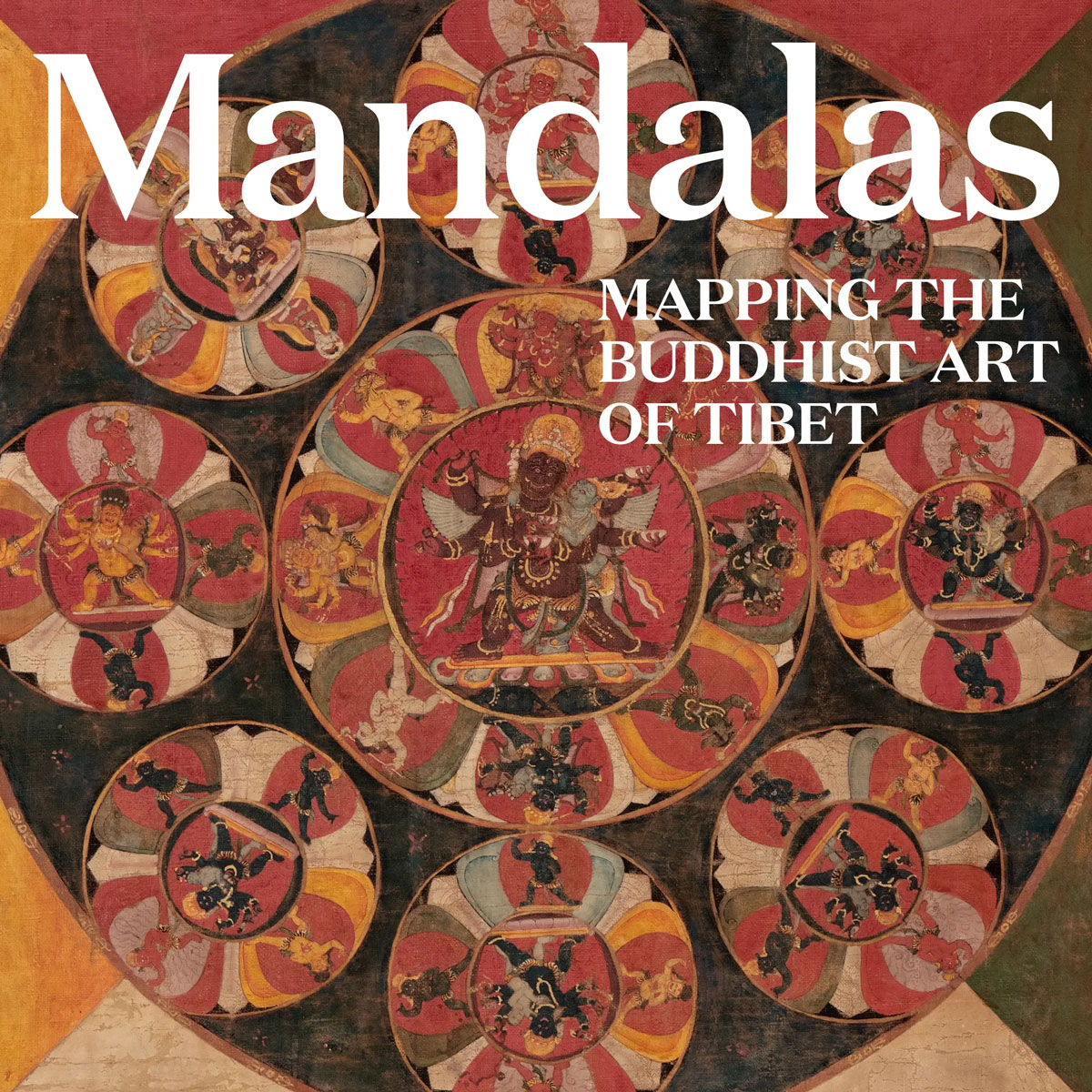
Chemchok Heruka Mandala (detail), Tibet, second half 12th century, mineral pigments on cotton, 38 × 32 in. (96.5 × 81.3 cm), Michael J. and Beata McCormick Collection; Courtesy The Met
Mandalas: Mapping the Buddhist Art of Tibet
Opens September 19, 2024
Mandalas—An In-Depth Look Discussion
Sunday, September 22, 2–3:30pm
Met Expert Talks—Mandalas: Mapping the Buddhist Art of Tibet
Thursday, September 26, 3–3:45pm
A mandala is a diagram of the universe—a map of true reality that in Tibet is used to conceptualize a rapid path to enlightenment. This exhibition explores the imagery of the Himalayan Buddhist devotional art through over 100 paintings, sculptures, textiles, instruments, and an array of ritual objects, mostly dating between the 12th and 15th centuries. This dazzling visual experience provides a roadmap for understanding Himalayan Buddhist worship through early masterworks, juxtaposed with a newly commissioned contemporary installation by Tibetan artist Tenzing Rigdol.
NATIONAL MUSEUM OF ASIAN ART
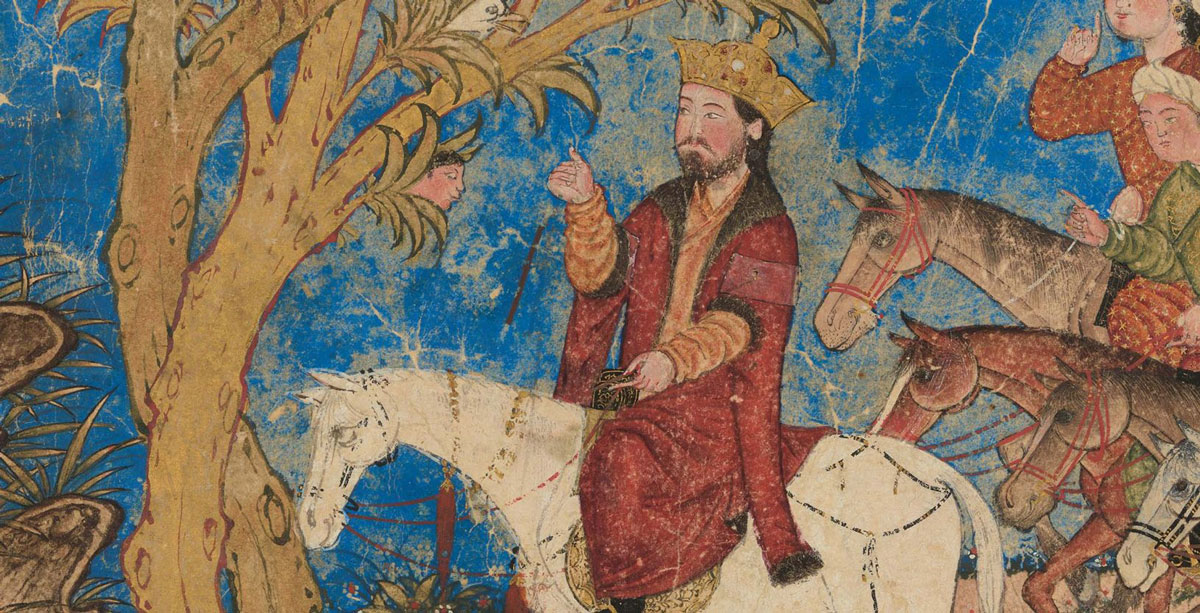
Iskandar and the talking tree (detail), folio from the Great Mongol Shahnama (Book of kings), Iran, probably Tabriz, Ilkhanid dynasty, ca. 1330, ink, color, and gold on paper, National Museum of Asian Art, Smithsonian Institution, Freer Collection, Purchase—Charles Lang Freer Endowment, F1935.23; Courtesy National Museum of Asian Art
An Epic of Kings: The Great Mongol Shahnama
Opens September 21, 2024
Zoom Webinar: Sneak Peek | Exhibiting a Book like No Other: The Great Mongol Shahnama
Tuesday, September 17, 12-12:40pm
Monumental in size and boldly illustrated, the Great Mongol Shahnama is one of the most celebrated of all medieval Persian manuscripts. An Epic of Kings offers a once-in-a-lifetime opportunity to see twenty-five folios from this now dismantled manuscript. It is also the first exhibition to present paintings from the Great Mongol Shahnama alongside contemporaneous works from China, the Mediterranean, and the Latin West. Experience this unique historical moment of cultural exchange across Eurasia—where commodities, people, and ideas circulated like never before—with Iran at its center.
Join curator Simon Rettig for a Zoom talk on September 17 as he offers a sneak peak into this exhibit and introduce the intricate text-image relationship in this copy of Iran’s national epic.
To learn more and sign up, click here.
ONGOING SHOWS
BROOKLYN MUSEUM

Kondō Takahiro (Japanese, born 1958), Reflection: TK Self Portrait, 2010., glazed porcelain, 19 1/16 × 6 3/16 in. (48.5 × 15.7 cm); Carol and Jeffrey Horvitz Collection, © Kondō Takahiro. (Photo: Richard P. Goodbody and John Morgan); Courtesy Brooklyn Museum
Museum Spotlight: Porcelains in the Mist: The Kondō Family of Ceramicists
Through December 8, 2024
Porcelains in the Mist brings together sixty-one pieces that celebrate the Kondō family’s innovations and talents. Their early creations range from freehand-painted vases to pure-white jars. Most of the works on view are by Kondō Takahiro, who often pairs his “mist,” which he describes as “water born from fire,” with dramatic shapes and textures. For the last one hundred years, Kondō Takahiro and his father Kondō Hiroshi (1936–2012), grandfather Kondō Yūzō (1902–1985), and uncle Kondō Yutaka (1932–1983) have broken free of centuries-old traditions to pursue original, individual expression.
CHINA INSTITUTE GALLERY
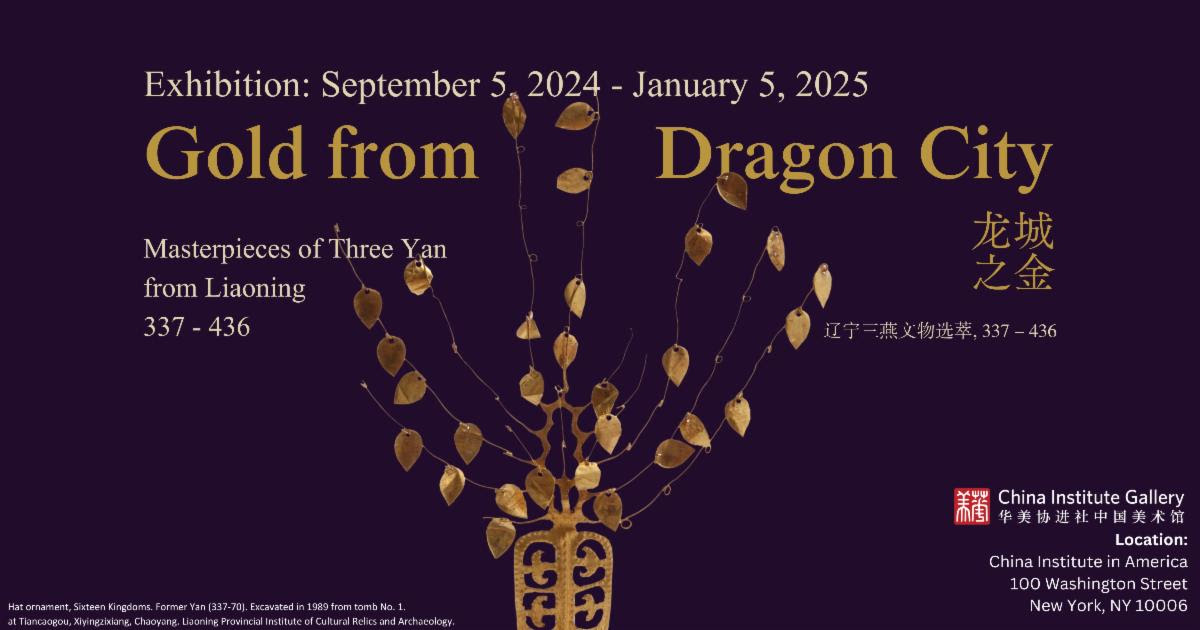
Courtesy China Institute
Gold from Dragon City: Masterpieces of Three Yan From Liaoning, 337–436
Through January 5, 2025
International Symposium: October 19, 9:30am-5:30pm
DCTA Gallery Tour & Workshop: September 5, 2024-January 5, 2025
Nearly 70 years of archeological excavations in the capital of the three Yan states — Dragon City (longcheng), today’s Chaoyang in Liaoning province — have revealed extraordinary treasures. This landmark exhibition presents these precious artworks and cultural objects for the first time in the United States featuring such objects as sculptures, bronze mirrors, inkstones, imperial seals, and ceramic vessels, with highlights of gold ornaments and equestrian objects. This exhibition attempts to illustrate and revive the faded history of ethnic integration and cultural exchange along the Steppe-Silk Road that transformed northern China more than 1,600 years ago.
THE METROPOLITAN MUSEUM OF ART
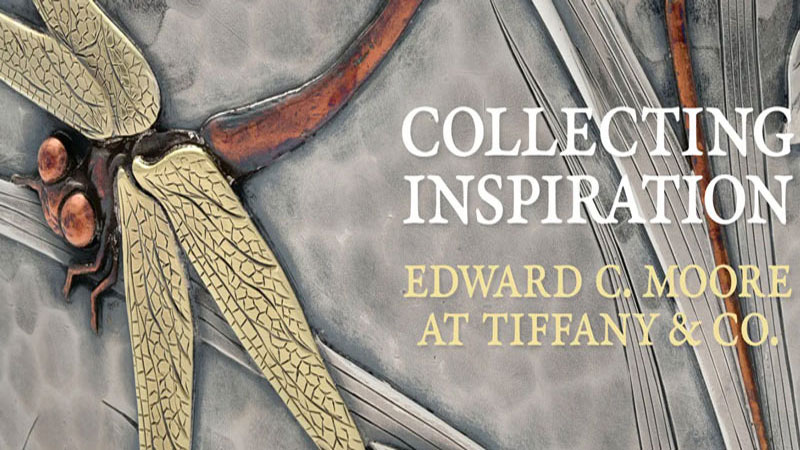
Courtesy The Metropolitan Museum of Art
Collecting Inspiration: Edward C. Moore at Tiffany & Co.
Through October 20, 2024
Met Expert Talks—Collecting Inspiration: Edward C. Moore at Tiffany & Co.
Tuesday, October 1 at 3 pm
This exhibition feature more than 180 extraordinary examples from the personal collection of Edward C. Moore, the creative force who led Tiffany & Co. to unparalleled originality and success during the second half of the 19th century. 70 magnificent silver objects designed and created at Tiffany & Co. under his direction and drawn primarily from the holdings of The Met are also exhibited along with seldom seen examples from a dozen private and public lenders.
THE PHILADELPHIA MUSEUM OF ART
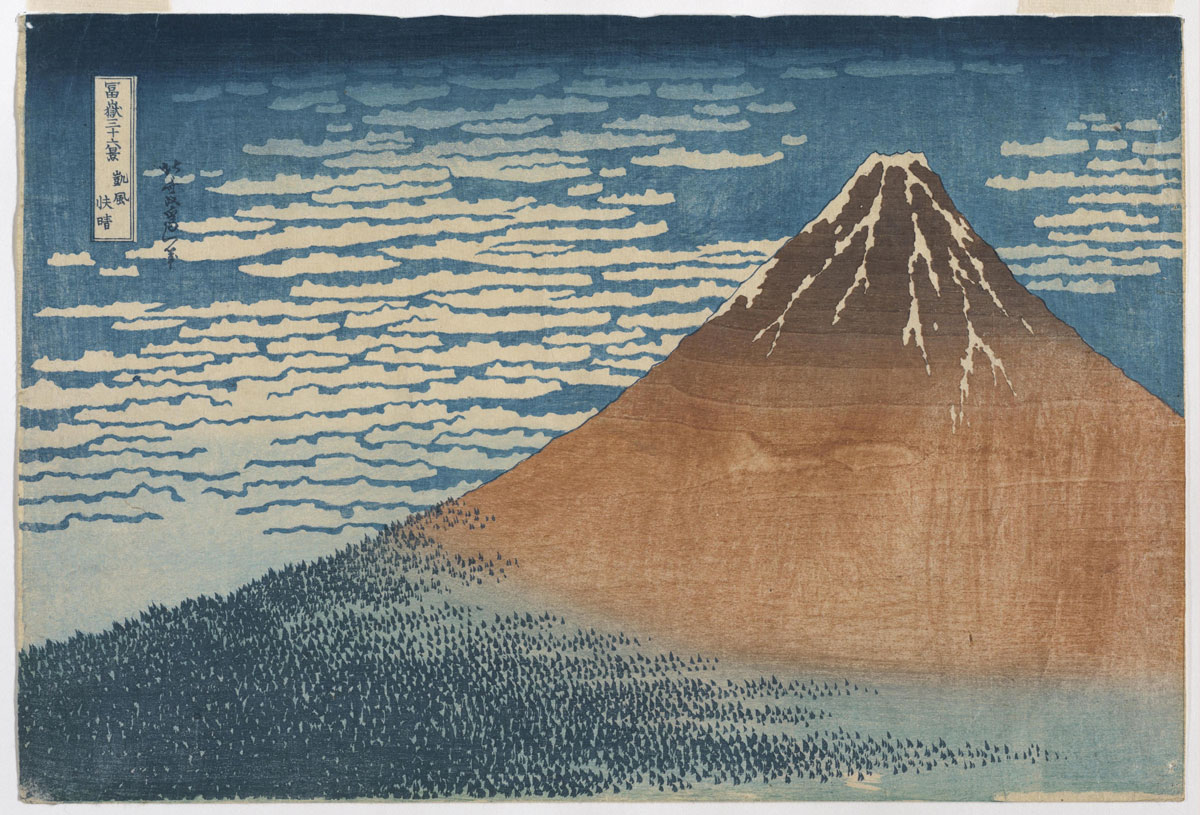
Views of Mount Fuji (Fugaku sanjūrokkei), c. 1831, Katsushika Hokusai (Japanese, 1760–1849), 1958-49-5; Courtesy The Philadelphia Museum of Art
Visions of the Land in Edo Japan
Through January 13, 2025
Pictorial representations of the land blossomed in Japan during the Edo period (1615–1868), an era of peace and prosperity. Featuring recent acquisitions and choice examples from museum’s collection, this exhibition invites you to explore the three modes of landscape presented—poetic, iconic, and panoramic. Together, these visions of the land manifest the dynamism of Edo Japan.
THE RUBIN MUSEUM OF ART

Meena Kayastha, Goddess Varahi, 2023, traditional Nepali door, papier-mache, pliers, nails, coins, keys, jewelry, bell, discarded vehicle metal parts, 58 x 28 x 9 in.; photo courtesy of Meena Kayastha, Bhaktapur, Nepal; Roshan Pradhan, New World, 2021, acrylic on canvas, 183 x 152.5 cm; photo courtesy of Sangeeta Thapa, Founder Director Siddhartha Art Gallery, Kathmandu, Nepal; Shushank Shrestha, Male Guardian Lion Dog (one of a pair from Two Guardian Lion Dogs), 2023, ceramic, in glaze lustre; 52 × 27 × 44 in.; photo courtesy of Shuhank Shrestha, Massachusetts, USA; Courtesy The Rubin Museum of Art
Reimagine: Himalayan Art Now
Through October 6, 2024
Before the Museum closes their physical galleries on 17th Street on October 6, be sure to check out their groundbreaking exhibitions and events, including this Museum-wide exhibition of artworks by over 30 contemporary artists, many from the Himalayan region and diaspora and others inspired by Himalayan art and cultures. Reimagine: Himalayan Art Now transforms the entire Museum with new commissions, some site-specific, and existing works juxtaposed with objects from the Museum’s collection, inviting new ways of encountering traditional Himalayan art.
YALE UNIVERSITY ART GALLERY
 Attributed to Kaihō Yūshō, Pair of Screens with Dragons and Waves, Japan, Momoyama period (1573–1615), ca. 1600–1615. Ink on paper. Yale University Art Gallery, Gift of Rosemarie and Leighton R. Longhi, B.A. 1967; Courtesy Yale University Art Gallery
Attributed to Kaihō Yūshō, Pair of Screens with Dragons and Waves, Japan, Momoyama period (1573–1615), ca. 1600–1615. Ink on paper. Yale University Art Gallery, Gift of Rosemarie and Leighton R. Longhi, B.A. 1967; Courtesy Yale University Art Gallery
Year of the Dragon
Through November 10, 2024
This exhibition celebrates 2024, the Year of the Dragon, with a presentation of nearly 30 artworks spanning from the 17th century to the present day. The objects on view, which are largely drawn from the collection of the collection, feature dragons on folding screens, other paintings, textiles, ceramics, ivory, and woodblock prints. Taking inspiration from East Asian history, folklore, and myth, these works demonstrate a long, complex, and continuing artistic tradition around this fantastical creature.



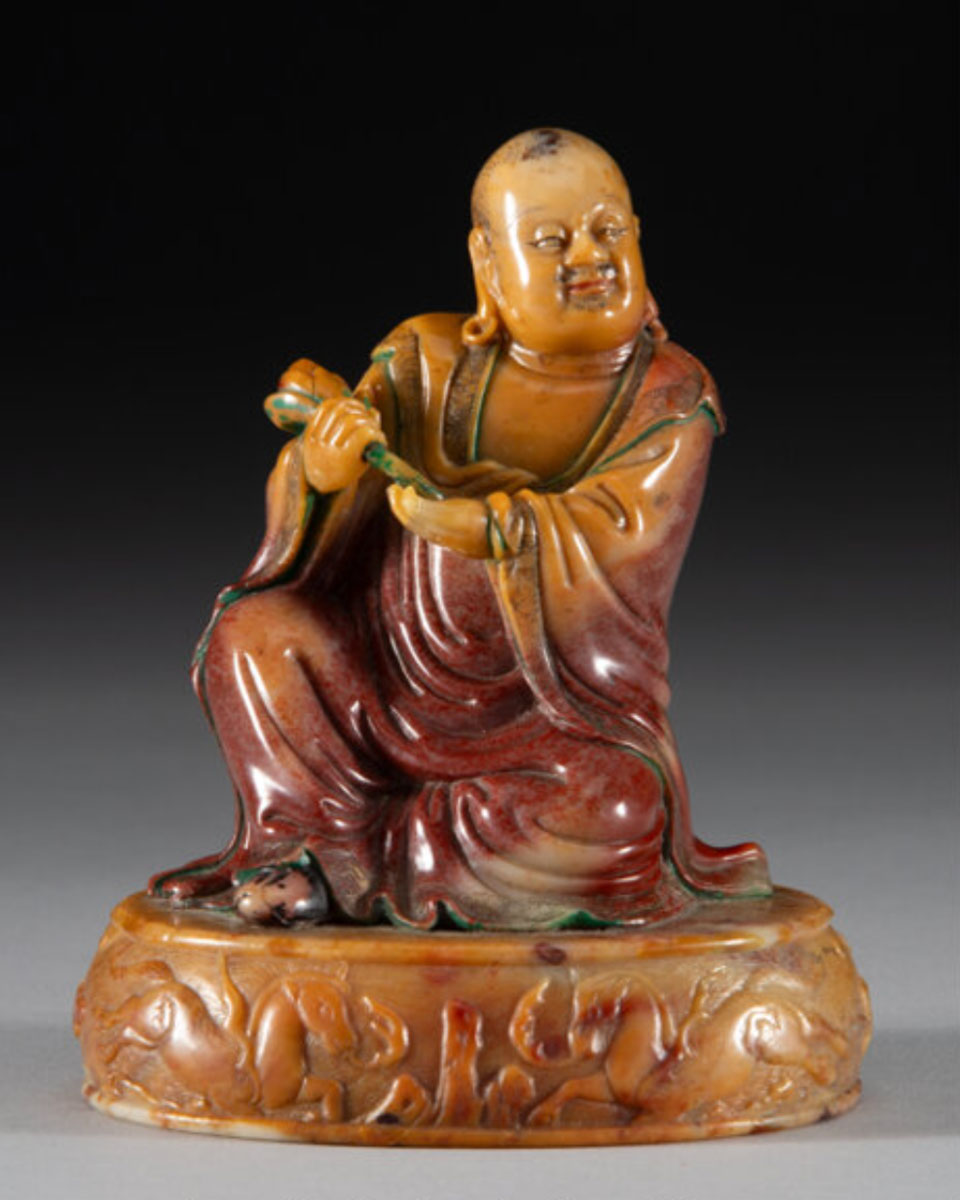



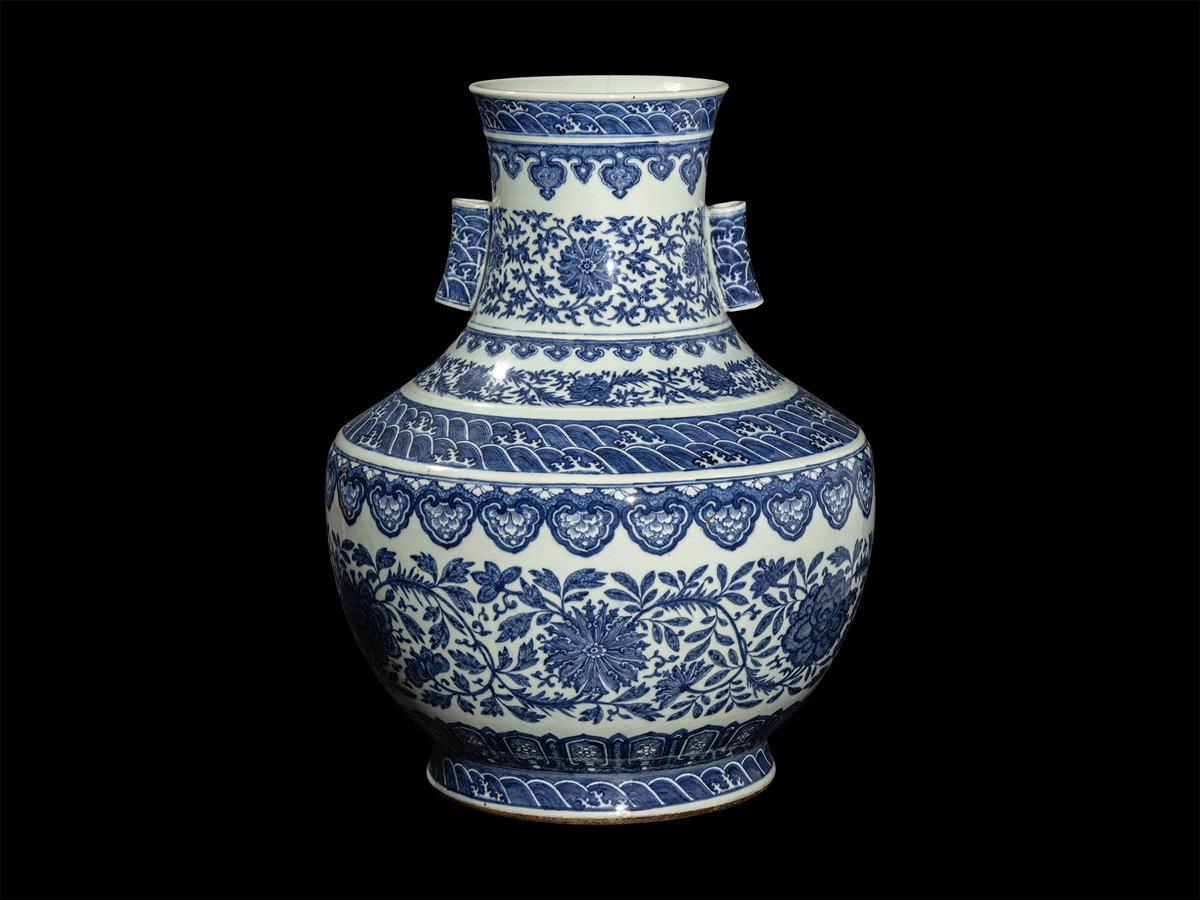
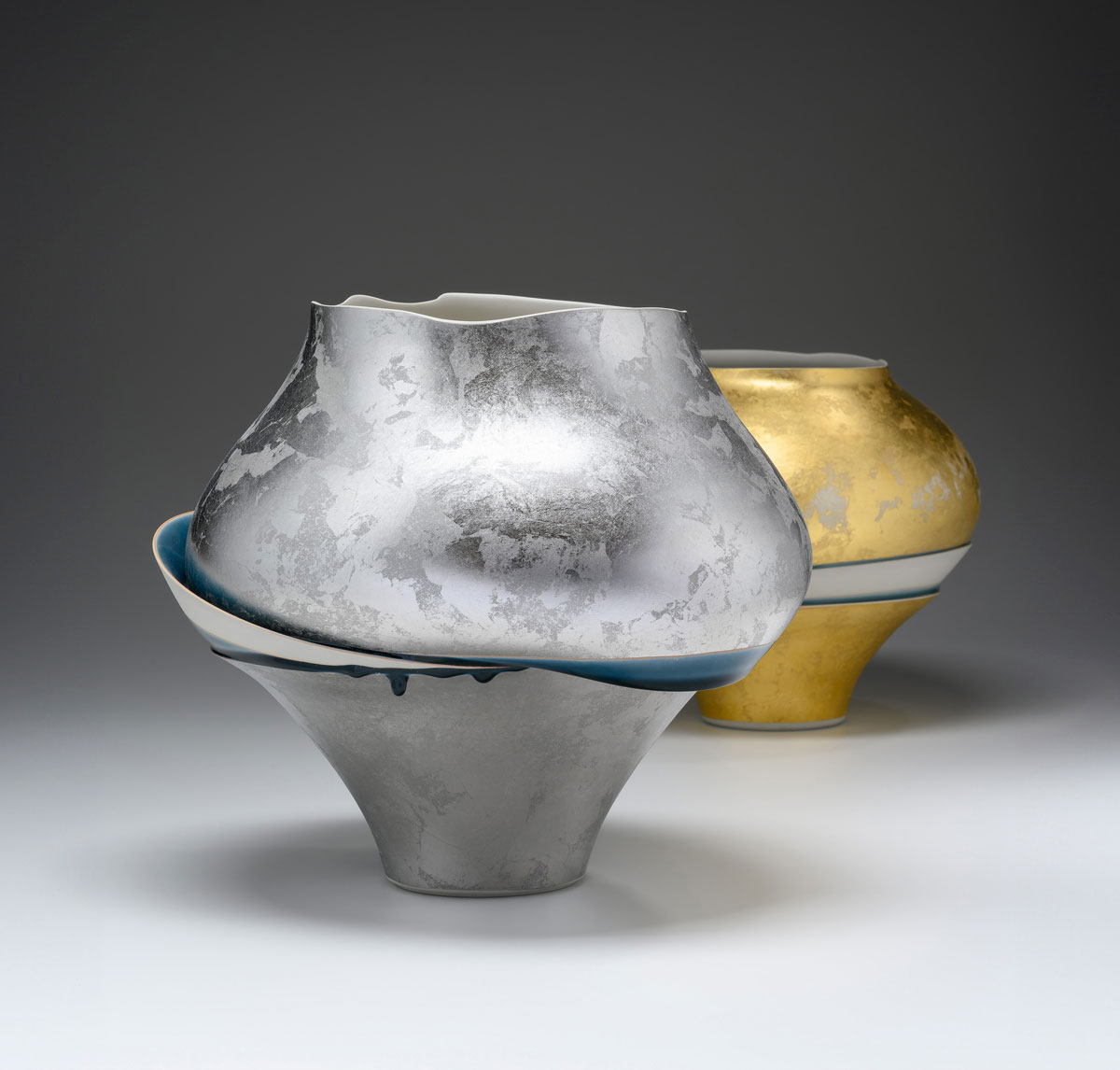



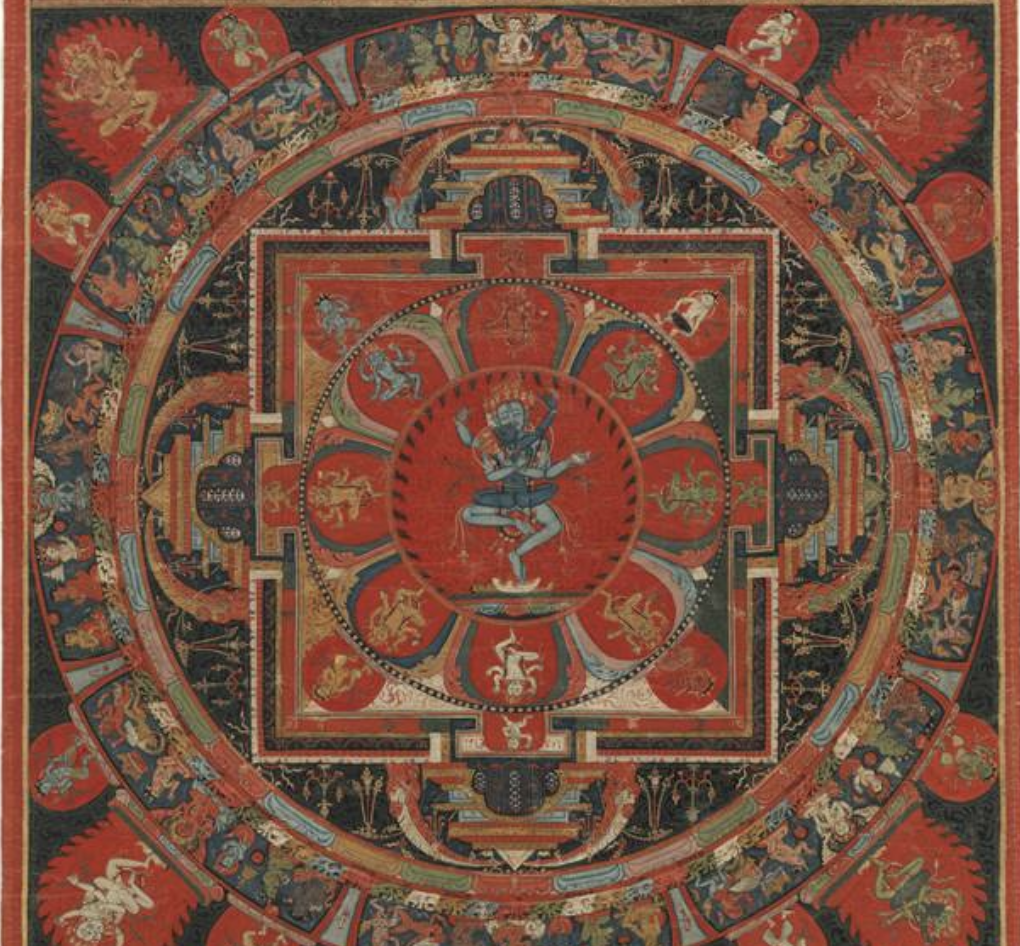









 Attributed to Kaihō Yūshō, Pair of Screens with Dragons and Waves, Japan, Momoyama period (1573–1615), ca. 1600–1615. Ink on paper. Yale University Art Gallery, Gift of Rosemarie and Leighton R. Longhi, B.A. 1967; Courtesy Yale University Art Gallery
Attributed to Kaihō Yūshō, Pair of Screens with Dragons and Waves, Japan, Momoyama period (1573–1615), ca. 1600–1615. Ink on paper. Yale University Art Gallery, Gift of Rosemarie and Leighton R. Longhi, B.A. 1967; Courtesy Yale University Art Gallery